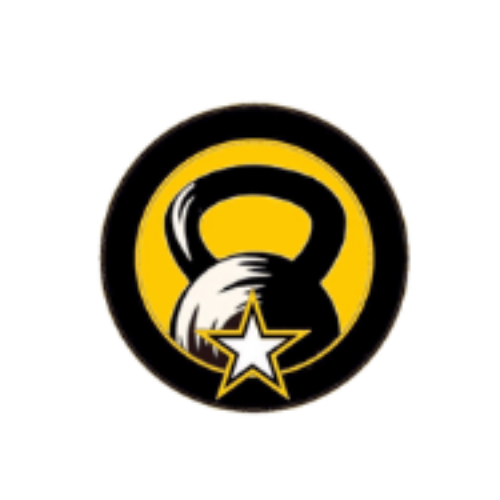The squat thruster is a compound exercise that targets multiple muscle groups, including the legs, glutes, core, shoulders, and arms. Here are step-by-step instructions for performing a squat thruster:
Video Instructions on How to Do Squat Thruster
1. Starting Position:
a. Stand with your feet shoulder-width apart, toes pointing slightly outward.
b. Engage your core muscles by pulling your navel toward your spine.
c. Hold a barbell, dumbbells, or kettlebells at shoulder height with an overhand grip (palms facing forward) or a neutral grip (palms facing each other).
2. Squatting Phase:
a. Begin the movement by pushing your hips back and bending your knees to lower your body into a squat position.
b. Keep your chest up, back straight, and knees aligned with your toes. Aim to go as low as your flexibility allows, ideally bringing your thighs parallel to the ground.
3. Transition to Thruster:
a. As you reach the bottom of the squat, explode upward by pushing through your heels.
b. Simultaneously, press the weights overhead, fully extending your arms. This combines the squat and a shoulder press into one fluid motion.
4. Overhead Extension:
a. Once standing, fully extend your arms overhead with control, keeping your core engaged.
b. Ensure that your wrists are straight, and the weights are directly above your shoulders.
5. Lowering Phase:
a. Lower the weights back to shoulder height as you simultaneously begin descending into the next squat.
b. Control the descent to avoid unnecessary strain on your joints.
6. Repeat:
a. Complete the desired number of repetitions in a controlled and fluid motion.
b. Pay attention to proper form throughout the exercise to maximize its effectiveness and reduce the risk of injury.
Tips:
- Focus on maintaining a steady breathing pattern throughout the exercise.
- Keep your elbows slightly in front of the weights during the squat phase to ensure a smooth transition to the thruster.
- Start with a lighter weight to practice the movement and gradually increase the load as you become more comfortable with the exercise.
- If you’re new to this exercise, consider consulting with a fitness professional to ensure proper form and technique.



